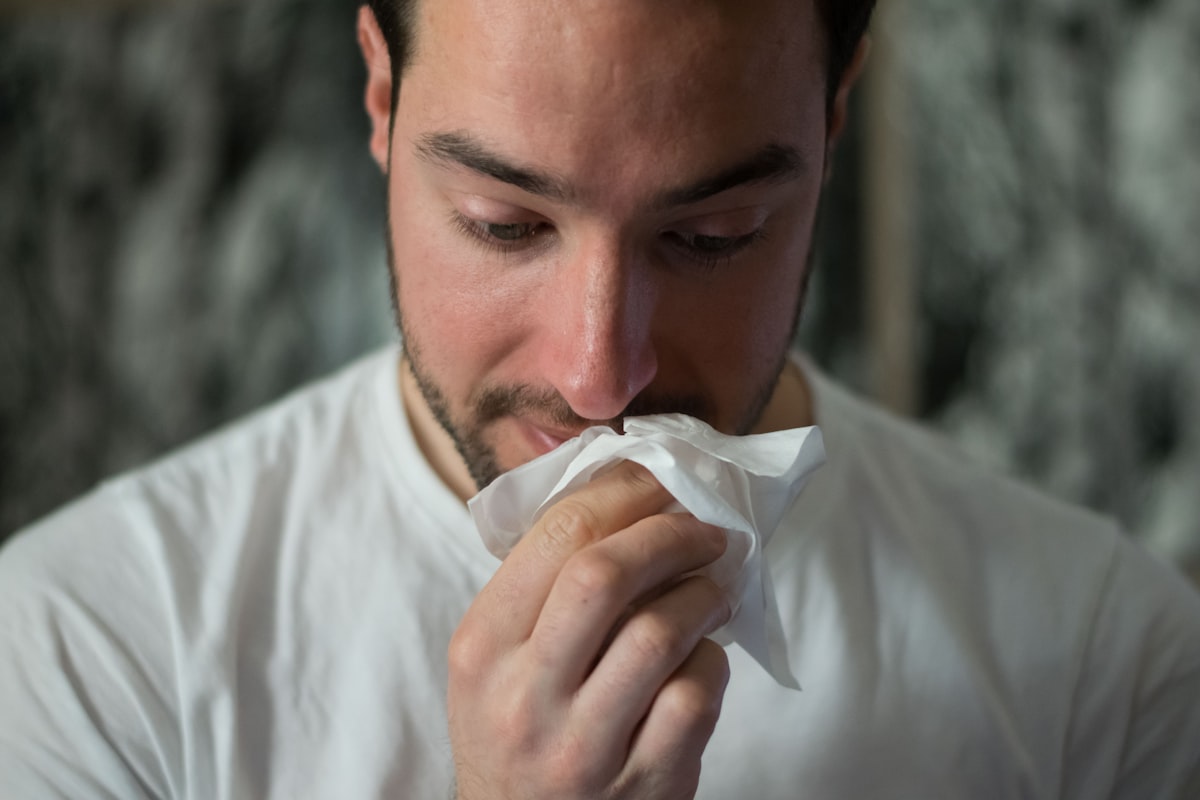Don't be confused. Learn how to identify and avoid the common cold
In most cases, the common cold causes a runny nose, nasal congestion, and sneezing, but you may also have a sore throat, headache, cough, and watery eyes.

The common cold, in most cases, causes a runny nose, nasal congestion, and sneezing, although a sore throat, headache, cough, and watery eyes are also possible.
Causes
Of the various respiratory viruses, rhinoviruses are the most common source. The cold virus enters your body through your mouth, eyes, or nose. It can spread through airborne droplets when someone who is sick coughs, sneezes, or talks. It is also spread by hand contact with someone who has had a cold or by sharing contaminated items, such as utensils, towels, toys, or telephones.
If you touch your eyes, nose, or mouth after you have had contact with the virus or have been exposed, you may catch a cold. Colds can occur at any time of the year but are more common during the winter or rainy season. Common cold symptoms may last longer in people who smoke.
Symptoms
They usually begin two to three days after exposure to the virus that causes the cold, although they may take up to a week afterward. The most common signs and symptoms (which may vary from person to person) are nasal congestion, rhinorrhea (runny nose), coughing, sneezing, coughing, decreased appetite, mild headache, mild muscle aches, postnasal drip, sore throat.
Adults and older children with colds usually have a low fever or no fever. Young children often have a fever of about 37.7°C to 38.8°C. People are most contagious during the first 2 to 3 days of a cold.
Difference between cold and flu
A diagnosed cold caused by a specific virus cannot "mutate" into the flu. Cold symptoms are mild. Cold symptoms tend to appear gradually. The flu is caused by different types of viruses than those that cause the common cold. Flu symptoms tend to be stronger. Symptoms tend to come on suddenly. When you have the flu you will usually have a fever, chills, and aching muscles and joints.
You can catch one when a person with a cold sneeze, coughs, or blows his or her nose near you, touches your nose, eyes, or mouth after contact with the virus, such as a toy or a door jamb. Although most colds go away in a few days, there are some steps you can take to take care of yourself.
How to avoid the common cold
How to avoid a common cold? Here are some recommendations so you don't get sick this season. A common cold is a viral infection of the nose and throat and in this winter season we are all susceptible to suffering one, so to avoid, as far as possible, getting a cold, check these simple and useful recommendations.
Wash your hands
It is important to wash your hands frequently with soap and water, using the correct technique. If soap and water are not available, use an antibacterial gel.
Use mouthguards
It protects you from contagions and protects others, don't forget to do it in the right way.
Clean and ventilate common areas
Whether at home or work and especially if someone has a cold, allow sunlight in if possible.
Disinfect objects
Try to disinfect those objects that you use more, you can use disinfectant wipes with 70% alcohol isopropyl alcohol.
Use tissues when sneezing and/or coughing
Discard used tissues immediately and then wash your hands thoroughly.
Sneeze etiquette
Sneeze or cough into your inner elbow when you don't have a tissue. The etiquette of sneezing is here to stay.
Do not share utensils
Whether it's glasses or eating utensils, don't share them even with family members.
Avoid contact with people with colds
Try not to be near anyone who has a cold.
Eat regularly
Eat fruits and vegetables rich in vitamin C to strengthen your immune system. Also, stay hydrated.
Do not touch your eyes, nose, or mouth if you have not washed your hands.
Dress warmly
If you are going to be exposed to adverse environmental conditions, wear appropriate clothing.
Avoid sudden changes in temperature
Consider that low temperatures more frequently favor respiratory pathologies.
After bathing
When you get out of the bathroom, dry yourself well and get dressed quickly. Avoid going outside immediately and try not to leave your hair wet.
Try to relax
When you are stressed your immune system does not work properly, which influences your body's immune response to disease.
Avoid smoking
Tobacco smoke irritates the respiratory tract, making it easier for viruses and bacteria to pass through.
Rest
Try to sleep 8 hours a day.
After sports
If you are one of those who like to do sports, remember that when you do it, your body temperature rises. Therefore, you should change your wet clothes because of the sweat and cover yourself well when you finish.
Consult your doctor
If symptoms worsen, consult your doctor.




